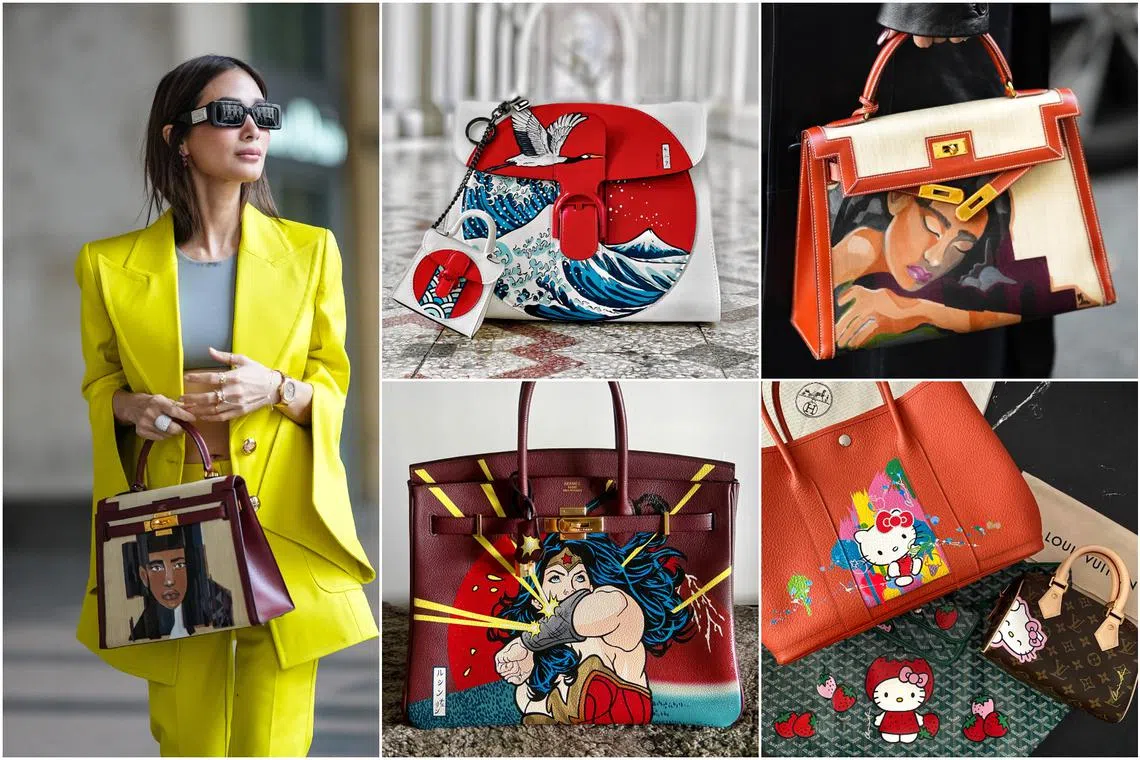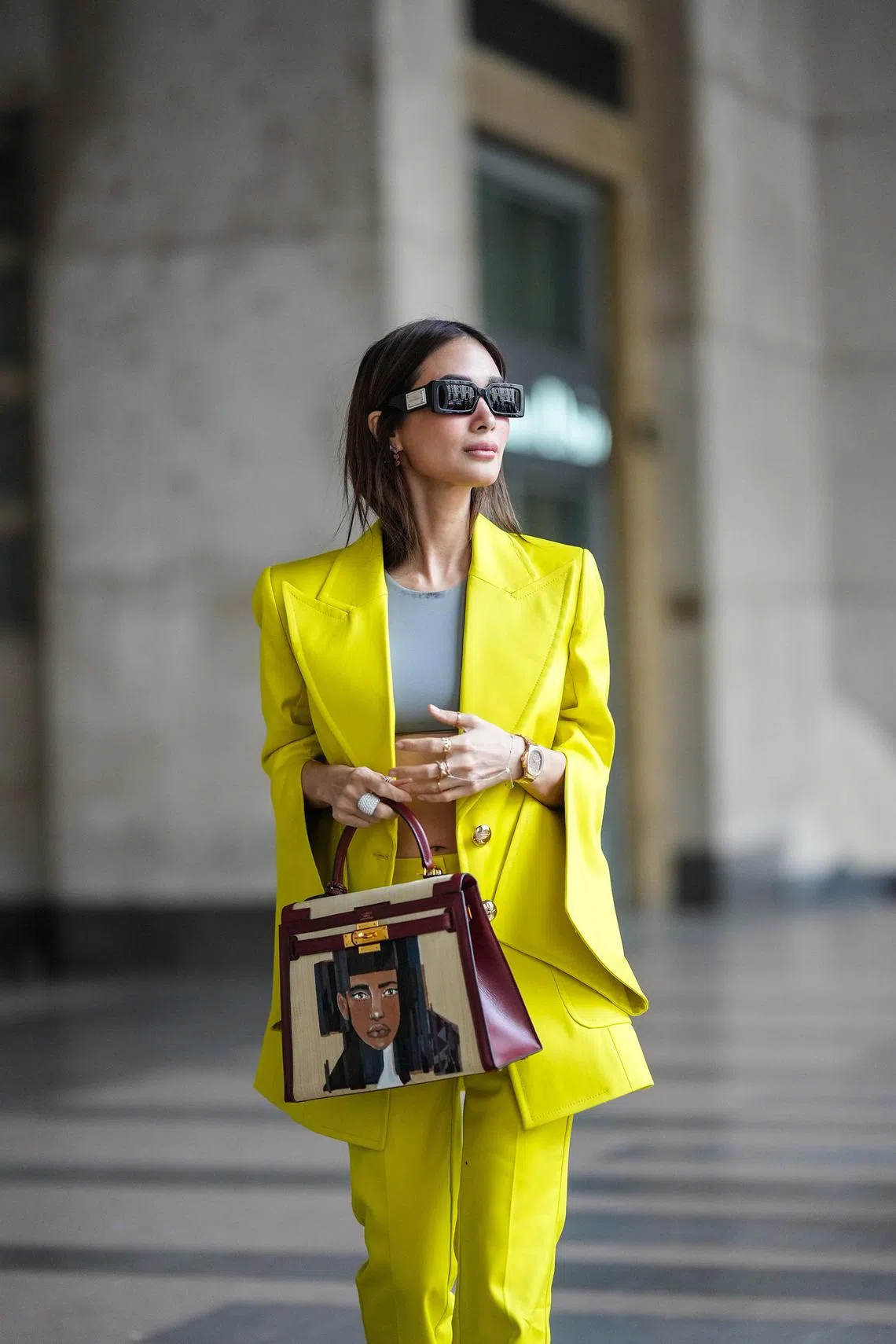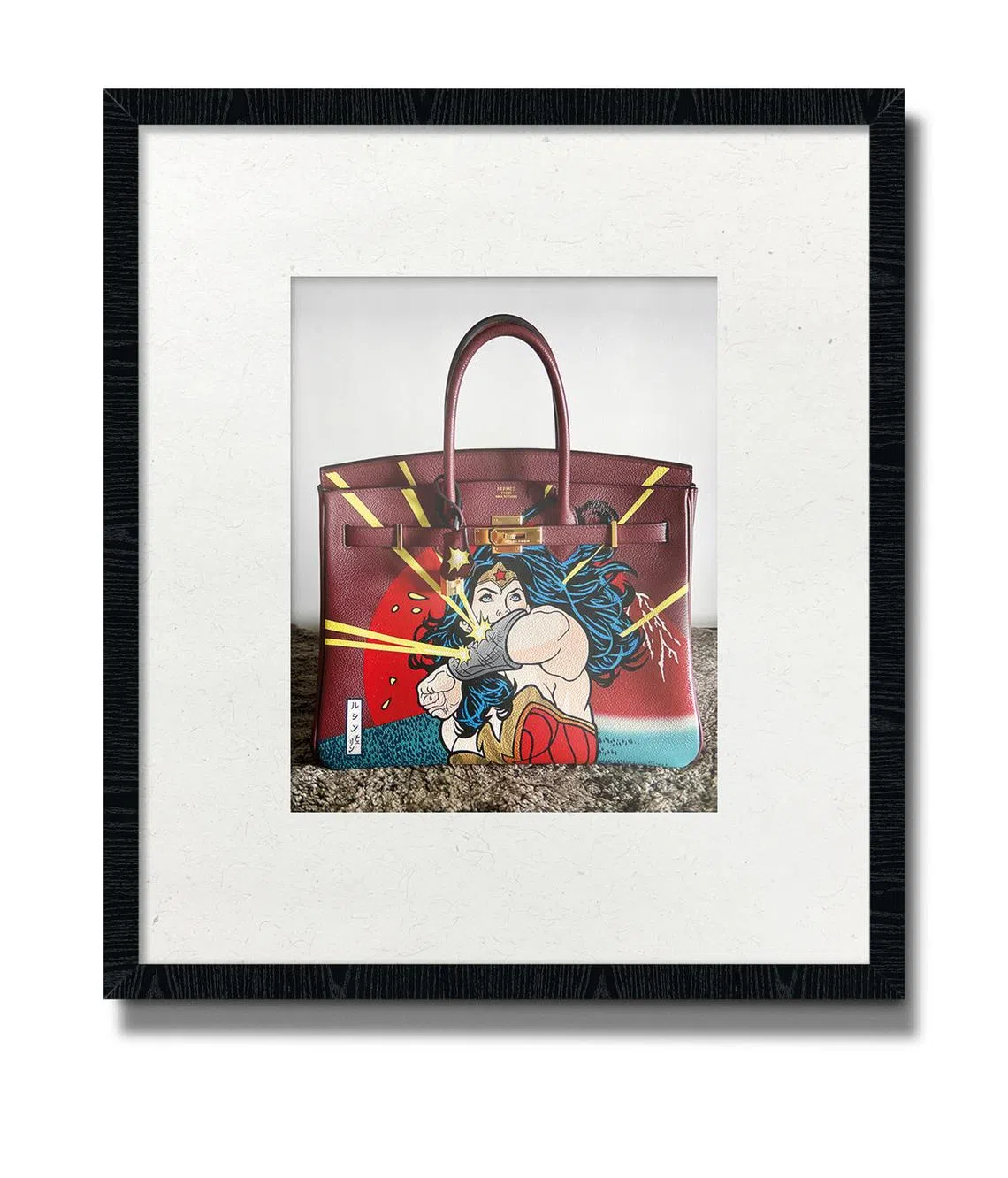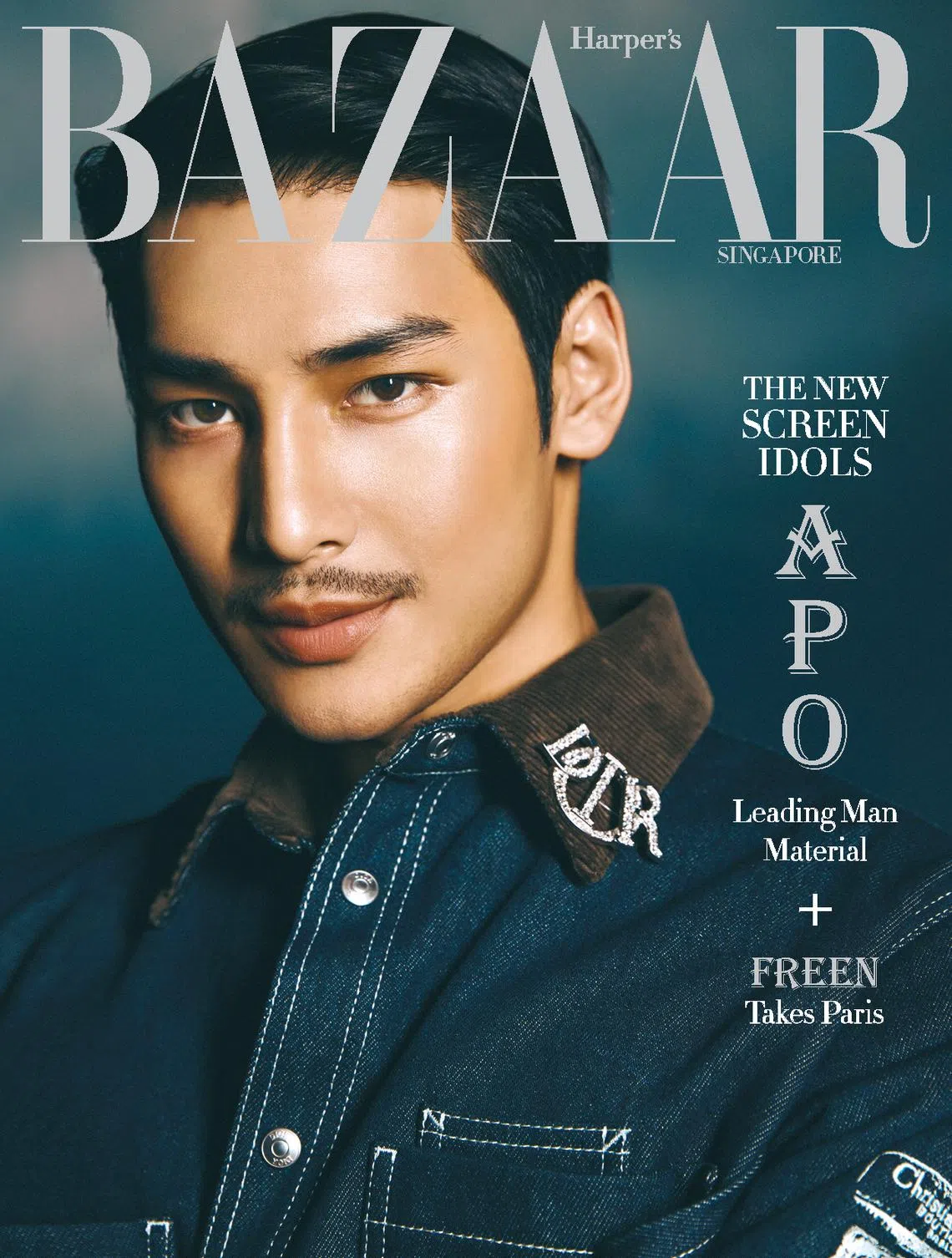Bagging for an expression: Luxury handbags have become the canvas of choice for artists and art lovers
Sign up now: Get ST's newsletters delivered to your inbox

For a select few clients, bags have become carte blanche for artists to freely express their creative geniuses upon. They have evolved beyond mere accessories of purpose.
PHOTOS: COURTESY OF HEART EVANGELISTA AND CHERIN SIM
Aaron Kok
Follow topic:
This article first appeared in Harper’s Bazaar Singapore, the leading fashion glossy on the best of style, beauty, design, travel and the arts. Go to harpersbazaar.com.sg harpersbazaarsingapore harpersbazaarsg
After the adrenaline rush and joy that come with the purchase of a new bag fade away, for many people, their beloved purses take on a different role.
Beyond the colour of the leather or the fanciful handle design, people need their bags to work for them. The bags ought to be practical enough to carry daily essentials, versatile enough that they can be worn with a variety of clothing, and durable enough that some clumsiness would not result in heartbreaking damage.
Yet, in the converging paths of art and fashion, it seems like bags have found a new role for themselves. For a select few clients, they have become canvases for artists. They have evolved beyond mere accessories of purpose.
Each year, French fashion house Dior chooses new artists to create bag-meets-artwork creations under the Dior Lady Art marquee. Past editions of Dior Lady Art have seen the iconic Lady Dior bag reimagined with woven embroidery, oversized fabric bows and miniature paintings.
At Louis Vuitton, the French luxury brand continues to deepen its ties with celebrated Canadian-American architect Frank Gehry. Unveiled in December 2023 at Art Basel Miami Beach, the showcase invited audiences to explore Gehry’s long-standing collaboration with Louis Vuitton, including his famous Twisted Box, and the debut of a line of limited-edition handbags under the Louis Vuitton x Frank Gehry tag.

A Frank Gehry-designed Capucines bag for Louis Vuitton.
PHOTO: LOUIS VUITTON
From painted lambskin pieced together to resemble abstract blue flowers, to the iconic Capucines bag that recalls Gehry’s penchant for curving walls and angular shapes in his architecture projects, these rare pieces presented the best of his repertoire with the revered skills of Louis Vuitton’s artisans.
“I’m glad that big fashion houses are willing to take the risk of paying homage to certain artists,” says Filipino actress Heart Evangelista, who is also known for her marquage artworks that she applies to her handbags. “Sometimes, it’s nice to celebrate the expression that art and creativity gives you.”
The 39-year-old star’s marquage journey started when she had an accidental spill on a lizard skin Birkin bag, which left a mark that could not be removed or covered up. “It was right then that I decided to use art as a way to cover it up, and from there, my whole exploration of painting on bags began.”

Filipino actress Heart Evangelista and one of her painted creations.
PHOTO: COURTESY OF HEART EVANGELISTA
Today, she has painted on several bags that belong to her or people reaching out to her over the years, although she does not always accept these requests. “I don’t want the process of painting on a bag to become commodified because it loses its uniqueness. In a way, it’s like owning a couture dress, and if I do paint a bag, I want it to be special.”
It is a similar sentiment shared by Cherin Sim, a 37-year-old Singaporean marquage artist with 15 years of experience. Sim, who started painting on sneakers before moving on to bags, says her regulars engage her service because they can appreciate its value and uniqueness.
“A designer bag will always be a designer bag, but when you add marquage to the mix, then this bag with this picture painted on means that what you have is a one-of-a-kind piece,” she says. “And isn’t that very much like art? There are no two of the same original Rembrandt paintings.”

Marquage artist Cherin Sim at work.
PHOTO: COURTESY OF CHERIN SIM
Sim’s process begins with a conversation. She gets to know her clients’ likes, dislikes, personality quirks and so on, before she decides what gets painted. In this way, like how clients all have different personalities, no two designs are ever the same as well.
“I’ll chat with you like any friend would,” she says. “And from there, I’ll proceed to design something. I like to keep the final design a surprise because it challenges me as an artist to exceed your expectations.”

A work from Cherin Sim that pays homage to the famed waves by Japanese artist Hokusai.
PHOTO: CHERIN SIM
While naysayers have trolled her with comments saying that marquage makes the bag look inauthentic or cheap, the return rate of her customers means she is appealing to the right crowd. Those who get it, get it.
Perhaps, if there is one irony, it is this: Fashion is known for its need to remain commercial, whereas commercialism in art is often a point of contention. Where artworks can hang on the white walls of a gallery for years, a piece of clothing that hangs on the racks more than three months is considered a commercial failure for many retailers.
So, how do these opposing ideals make fashion and art good bedfellows?

Cherin Sim’s work is one of a kind as she does not repeat her illustrations.
PHOTO: CHERIN SIM
Sim challenges this, pointing out that on the flip side, if art is seen through a commercial lens, then it suggests that there is more to this relationship.
She quotes the late American artist Andy Warhol, who said that “making money is art and working is art and good business is the best art” as another way of defining this marriage.
This is also why Warhol’s work fixates on the commercialist nature of art – see his work on Campbell soup cans and vintage cars as a way of commenting on the way people perceive the value of things that they own.
“Sometimes, when I speak with young aspiring artists, the first thing I always tell them is that if they cannot make their art into a business, they can’t make it as an artist,” says Sim.
“You can have the best technique in the world, but if no one knows about your work and you don’t put yourself out there, you’re just a painter.”
There you have it: the driving forces behind the confluence between art and fashion, clearly defined.
For consumers, this is their chance to own something unique. These pieces are not just static canvases to be hung on their walls. Rather, they become mobile status icons and another form of personal expression.
For the artists and the brands, it is the ability to leverage each other’s skills and reach to find new audiences and customers respectively. By creating one-of-one items, they are able to offer a new level of singularity.
And when you think about it, the ability to provide individualism is one of the core values of what drives luxury today.

Harper’s Bazaar Singapore November 2024 cover.
PHOTO: HARPER’S BAZAAR SINGAPORE

